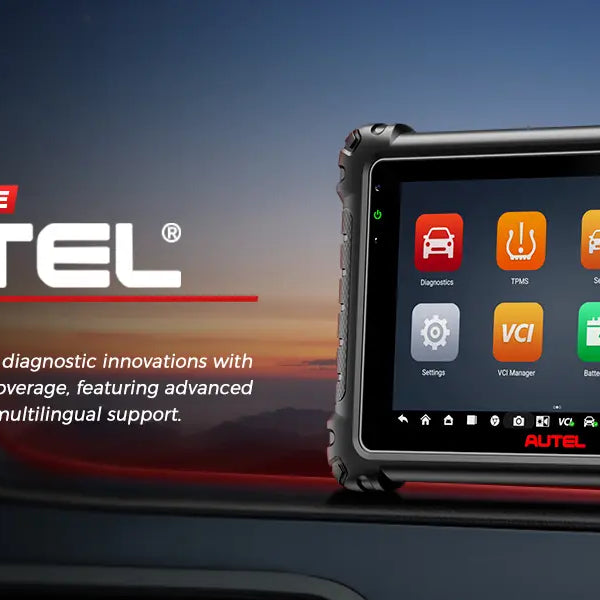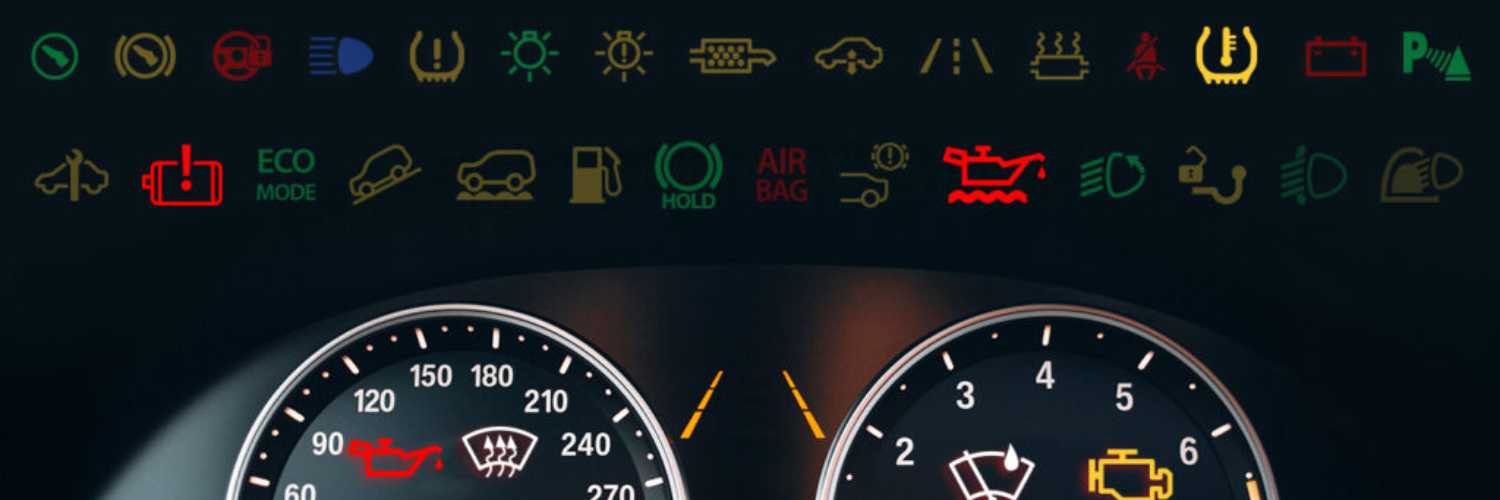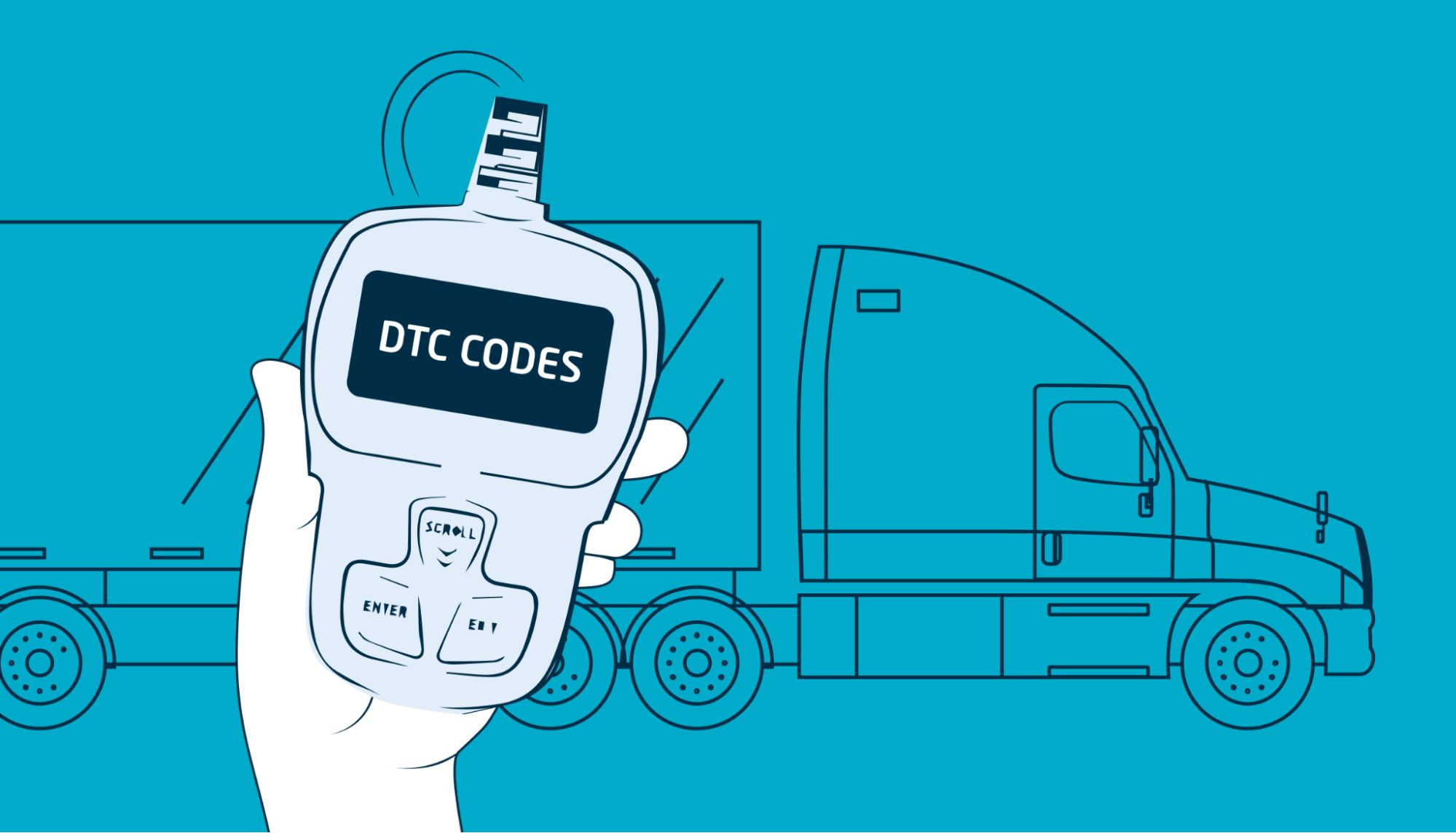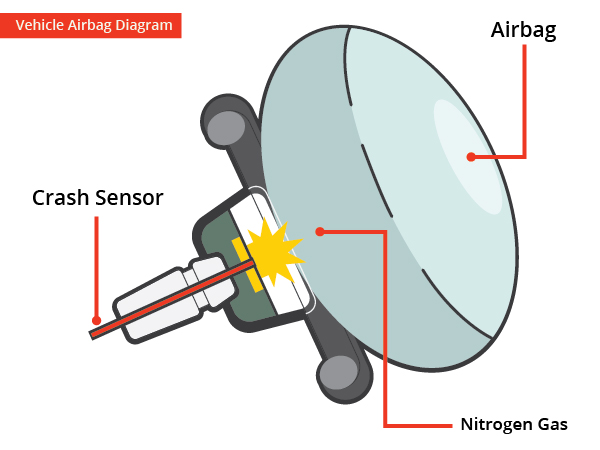
New 2025 Autel OBD2 Scanner Lineup: Key Features Revealed
This article provides a comprehensive analysis of the 2025 new Autel OBD II scanner, listing the new model numbers, core functions and target users, offering you a one-stop shopping guide.
Nothing sparks a driver's curiosity quite like a flashing warning light on the dashboard, right?
Sometimes, if it’s the Check engine warning light we’ve talked about before, we might have a good idea of what’s going on. But what happens when a different warning light shows up?

A collection of various fault indicator lights that appear on a car dashboard
Ideally, you should have your car diagnosed as soon as possible so a professional can figure out what’s triggering the warning. Once the issue is identified, you can go ahead with the needed repairs.
But how do you know the source of these problems? There are a few trouble codes, some of which are more common than others when using a car diagnostic scanner for diagnosis. As the title suggests, we will discuss these trouble codes today.
If you want to know the most common fault codes, we will discuss them below so that you know what the numbers and letters that appear on scanners and diagnostic equipment mean.
First let's clarify what DTC codes are: DTC codes (diagnostic trouble codes), also known as trouble codes, are a series of alphanumeric characters that can be used to identify errors corresponding to different systems of the car. helping maintenance personnel quickly locate the scope of the fault

DTC is a fault code that appears on the diagnostic scanner
These codes are displayed once the vehicle's computer detects that a component has failed and can only be observed after diagnosis using appropriate tools such as car diagnostic tools and code readers.
As mentioned earlier, each fault code is made up of a combination of letters and numbers that indicate both the system where the issue is occurring and the specific nature of the problem.
When a technician sees a fault code, they need to understand what it means in order to properly diagnose and fix the issue. To make things clearer, these codes are organized using a standardized format based on letters and numbers.
Let’s break down how these codes are categorized—starting with the first letter and the system it relates to.
These classifications are distinguished by four different letters: B, P, C and U. The first one we are going to discuss belongs to the B code classification.
DTC codes beginning with the letter B correspond to the passenger compartment area. That is to say, when the car scanner shows a code with this letter (for example, B1610), it indicates that the computer has received a signal that a problem has occurred in a certain system in the passenger area, such as issues with some vehicle facilities: air conditioning, airbag circuits or sensors, etc.

Fault codes starting with B are shown in the Autel Scanner example above.
P codes indicate problems with your vehicle’s powertrain, which includes critical systems like the engine, transmission, and fuel system. These are the most common types of trouble codes found during diagnostics.
It’s important to address P codes as soon as possible. Ignoring them can lead to more serious damage over time and potentially cause long-term issues with your vehicle.
C codes refer to issues detected in the vehicle’s chassis system. These faults often involve external mechanical components like the suspension, brakes, or steering— including systems such as ABS.
Because these systems are critical to safe driving, any C code should be taken seriously. If a diagnostic scan reveals a chassis-related issue, it’s essential to repair it immediately to avoid putting passengers at risk.
U codes are used to identify network or communication problems within the vehicle—typically issues with how the car’s computers communicate with various systems.
Fixing these types of errors usually requires professional-grade diagnostic tools, such as advanced scanners or fault code readers, to reprogram and restore proper communication between modules.

Fault codes starting with U and P are shown in the Autel Scanner example above.
There are numerous trouble codes that can indicate faults in virtually any part of a vehicle, as you might have noticed from their classifications. However, some codes appear more frequently than others.
Among the many types of DTC (Diagnostic Trouble Codes), we can identify the most common and critical ones that require immediate attention. Below, we’ll cover the trouble codes you’re most likely to encounter on an automotive scanner and explain what they mean.
The P0300 code is a powertrain-related fault, as indicated by the letter “P.” It signals that the Engine Control Module (ECM) has detected one or more cylinder misfires.
This means the engine isn’t completing the combustion process properly, which can affect performance and fuel efficiency. It’s a serious issue that should be diagnosed and repaired promptly to prevent further engine damage.

Diagnosing P0300 fault code with Autel ML519 code reader
The P0171 code appears when the vehicle’s computer detects an issue with the oxygen levels in the exhaust. This usually means there is either too much or too little oxygen present in the emissions.
Such an imbalance can affect engine performance and fuel efficiency, so it’s important to diagnose and fix the problem promptly.
The P2289 code indicates that the vehicle’s engine is experiencing issues due to excessively high fuel injector pressure. When the control pressure exceeds safe levels, it can cause the engine to run improperly.
The B1400 code relates to the vehicle’s body system and indicates a problem with the driver-side airbag sensor. Once this code is detected, the sensor must be repaired or replaced promptly to ensure passenger safety and prevent potential accidents.

Airbag sensors play an important role in cars.
The B3055 code appears on certain vehicles when there is a problem reading the key transponder or when the transponder isn’t detected, preventing the anti-theft system from activating.
This issue can be diagnosed and resolved by automotive diagnostic specialists or locksmiths who specialize in vehicle security systems.
One example of a chassis-related fault code is C1266, which indicates a problem with the operation of the vehicle’s left rear solenoid valve.

The solenoid valve is an important component in the variable valve timing (VVT) system.
Solenoid valves are critical for proper vehicle startup. To prevent serious system failures, it’s important to have this issue diagnosed and repaired promptly by a professional.
The U0105 code is an example of a vehicle network fault. It specifically indicates a connection problem or loss of communication with the Fuel Injector Control Module (FICM).Addressing this issue promptly is important to ensure proper fuel injection system performance.
Now that you understand the most common trouble codes and have seen examples from different vehicle systems, be sure to pay close attention to every code that appears during your automotive diagnostics.
Always look up the meaning of any DTC codes shown on your scanner. And if you want to learn more about topics like this, keep following our blog—we regularly post helpful updates and insights.

This article provides a comprehensive analysis of the 2025 new Autel OBD II scanner, listing the new model numbers, core functions and target users, offering you a one-stop shopping guide.

Subaru is also a well-known brand, so today we'll focus on various methods for programming a key fob, whether it's possible to program without any tools, and how to program a Subaru key fob using a key programming tool like the autel programmer. Let's take a look!

Today, we'll focus on Volkswagen models and explain the complete key fob programming process in detail. Whether you're doing it yourself or using the Autel programming tool, it can help you easily resolve lost keys.